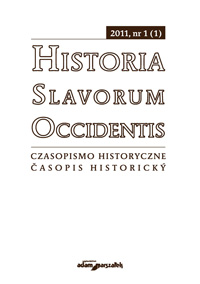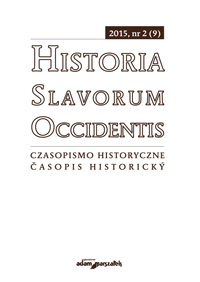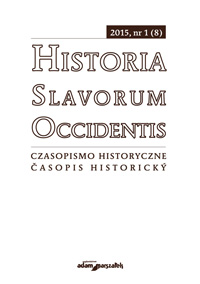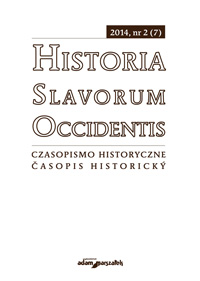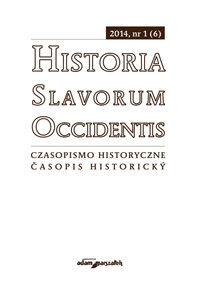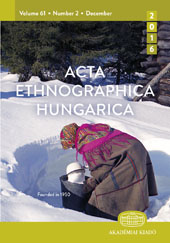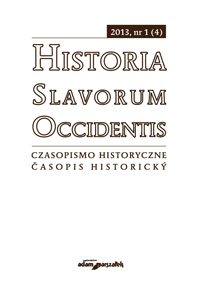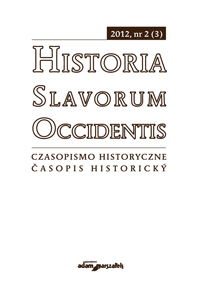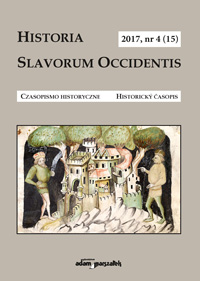Author(s): Piotr Gryguć / Language(s): Polish
Issue: 2/2014
This paper is an attempt to characterise the policy of the Duke of Kraków–Sandomierz Bolesław V towards the monasteries functioning in his realm. The author will discuss only those conventions, which helped the duke implement his economic policy, notably Benedictine, Cistercian, or Norbertine orders. Excluded are orders related to the new beggar movement, the only exception being the Zawochost-Skała Order of Saint Clare. The aim is to show the role of by the monasteries in the modernisation of the Kraków–Sandomierz state, since in the second half of the thirteenth century Małopolska attempted to catch up economic gap separating it from its neighbours. Duke Boleslaw was aware of the enormity of the challenges that awaited him at the beginning of his reign. The thirteenth century saw a great confl ict between the secular and spiritual power. One look at the situation in other districts – Wielkopolska, Mazovia and Silesia is enough to notice the significant role of the aspirations of the clergy in the internal politics of those principalities. A young ruler from Kraków was cognisant of the ample opportunities that the collaboration with the Church could bring. With a view to achieving his economic objectives, he nevertheless decided on the cooperation with religious orders. It was an understandable move, given that monasteries had proper financial background, as well as a network of contacts necessary for the modernisation of the Duchy of Kraków–Sandomierz Furthermore, the role of monasteries in the process of colonisation and the acquisition of new settlers, as well as specialists in the field of mining, cannot be overestimated. Bolesław V was aware of the role of the development of rural settlement and its interrelateion with urbanisation in the increase of the well-being of the entire state. Patterns from Silesia, Bohemia and Hungary indicated the monarch how he could enhance economic development of his land, and strengthen his own power. Such transformations nonetheless required considerable financial outlay. Since princely treasure, ruined by invasion, was unable to provide ade-quate investment for modernization, the monarch supported the colonisation run by religious orders. In order to facilitate their economic development, legal and economic immunities were bestowed upon them. The duke supported also the assemblage of land. Immunisation was beneficial not only for monks but also the ruler: the duke deprived the administrative apparatus of their judiciary prerogatives and took over part of its mandate and income. At the same time, the elimination of obsolete laws of princely duties provided the monasteries with the possibility of conducting an extensive colonisation action based on given freedoms, which resulted in the dissemination of novel economic solutions brought from the west by the monasteries. This knowledge included a comprehensive program of reconstruction of the domain in order to increase revenue. It is worthy of note that the Cistercians became the ruler’s chef specialists in the search for salt and other natural resources. The monks from Wąchock provided not only professional help in the search for salt, but also repair of salt brewing equipment. Owing to the development of this industry, salt mines of Wieliczka and Bochnia began to yield enormous revenues, which replenished princely treasure following the expropriation reform of Bolesław V. The major role of religious orders in the modernisation of the Duchy of Kraków–Sandomierz is therefore evident. Backed by regal authority and under the duke’s care, they were able to fully exploit their economic potential for the colonisation and urbanisation of Małopolska. Their cooperation with the monarch brought them immunities essential for the development of their possessions. Beneficial to both parties, this police significantly contributed to the changes in social relations in the state of Bolesław V. Patterns of economic restructuration imported by the monasteries became a model employed, albeit with some delay, also by the nobility.
More...
